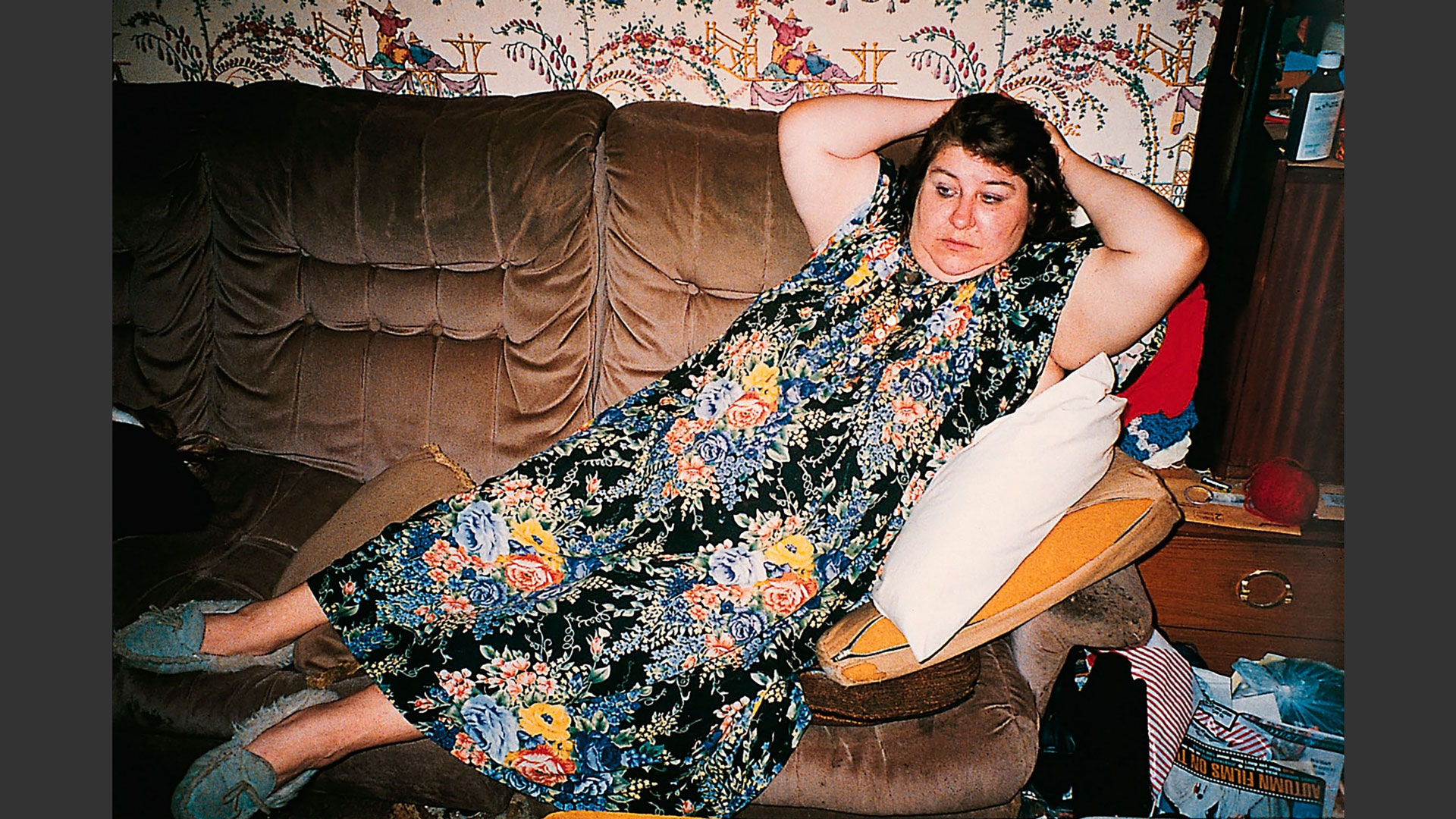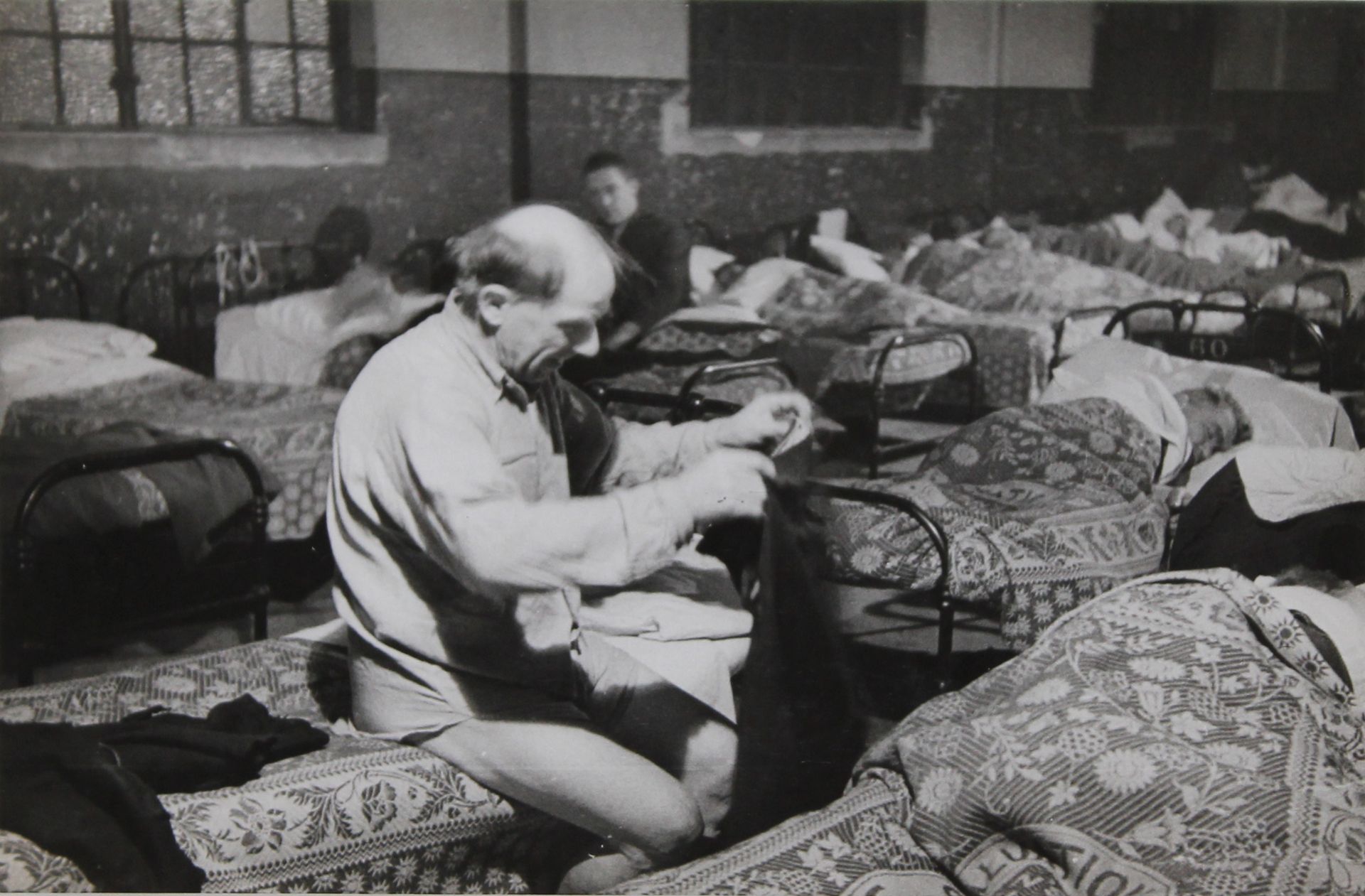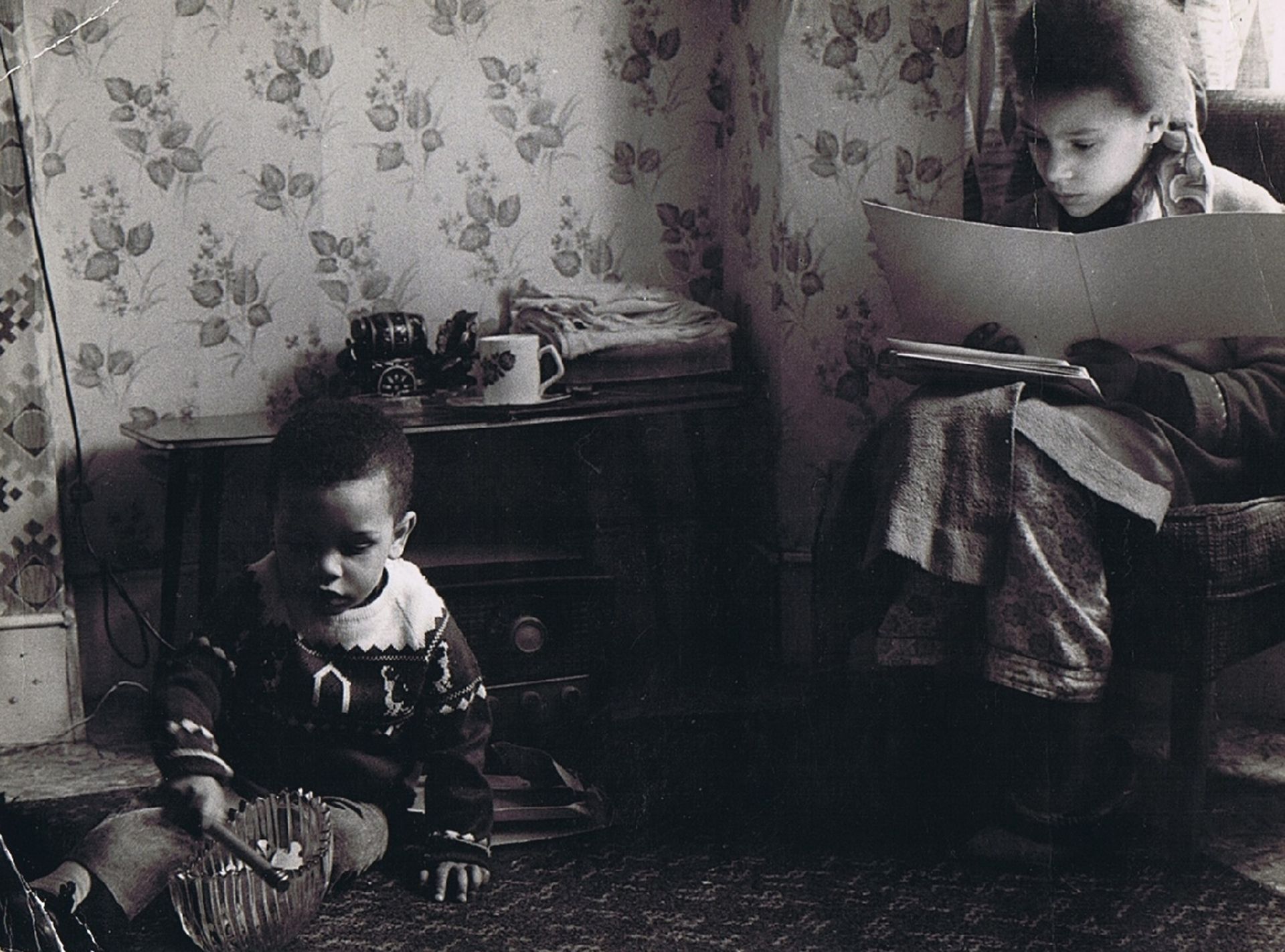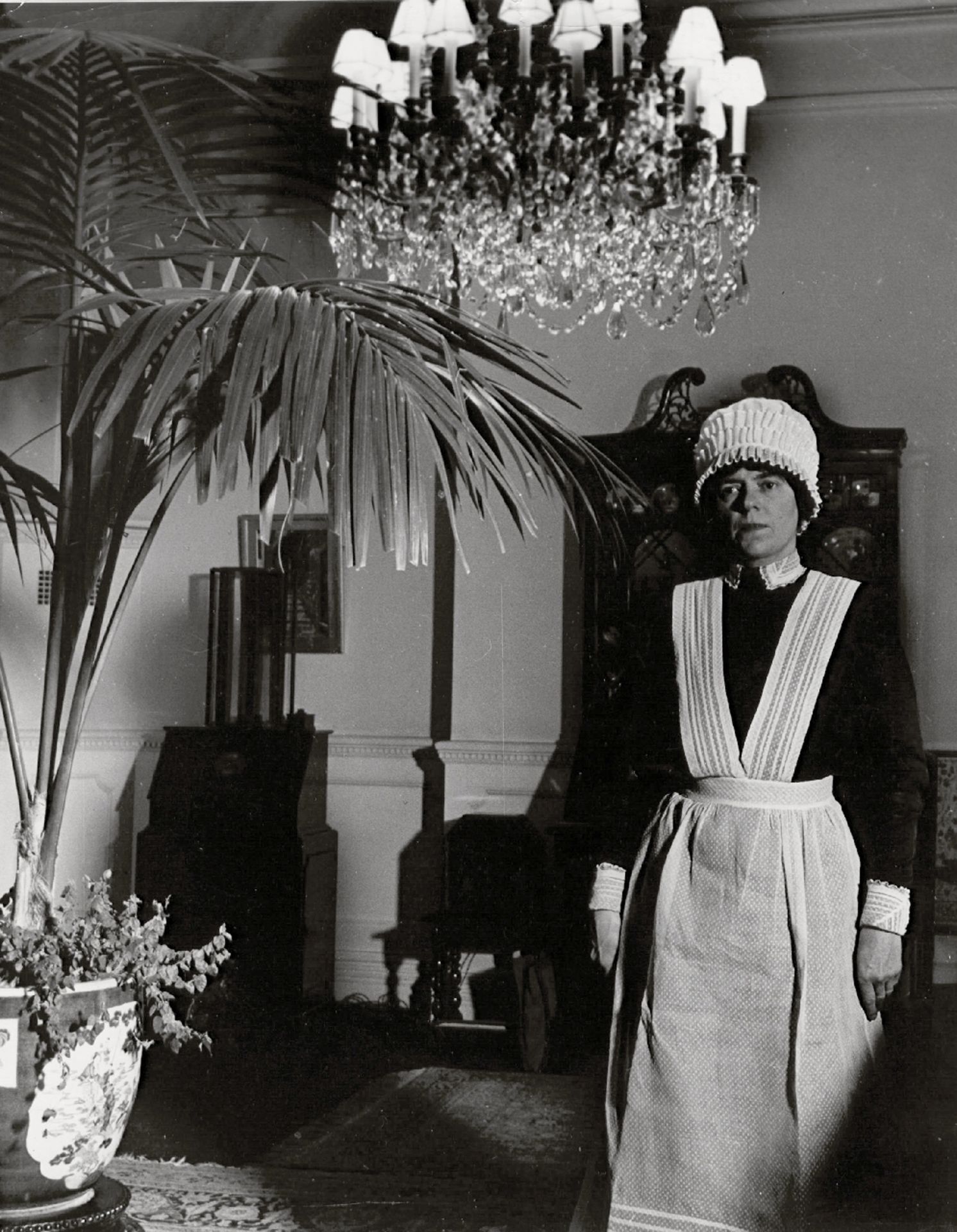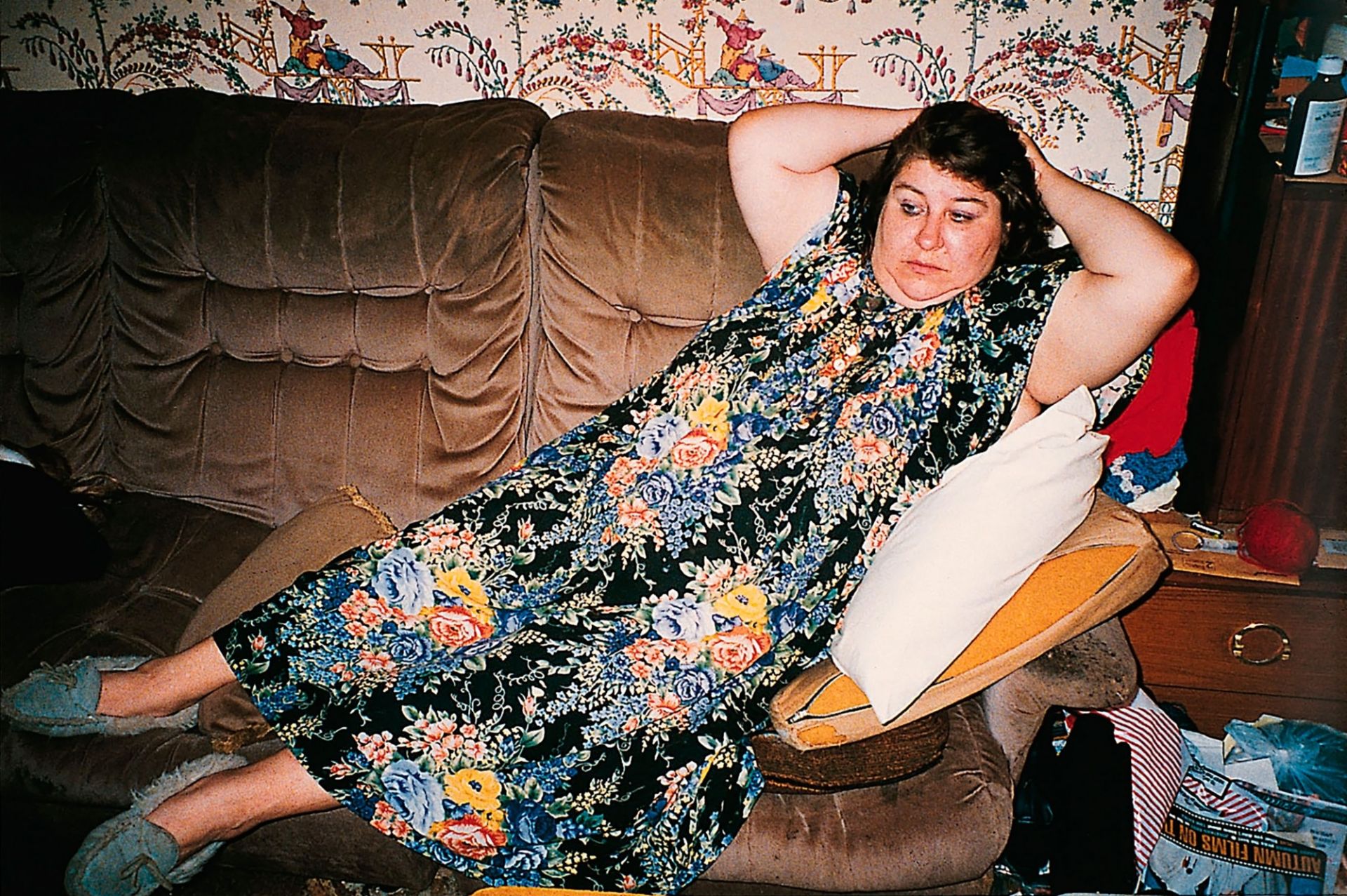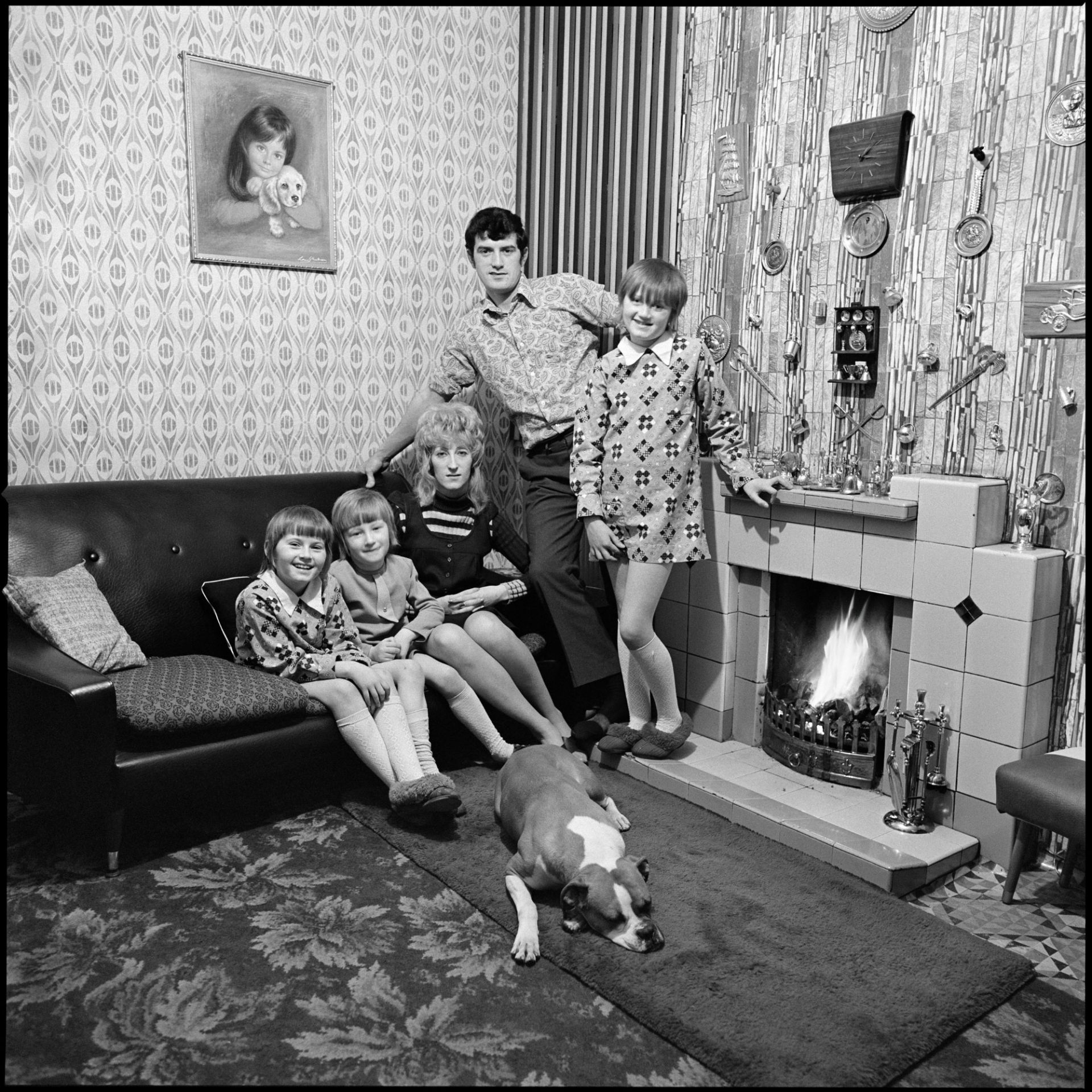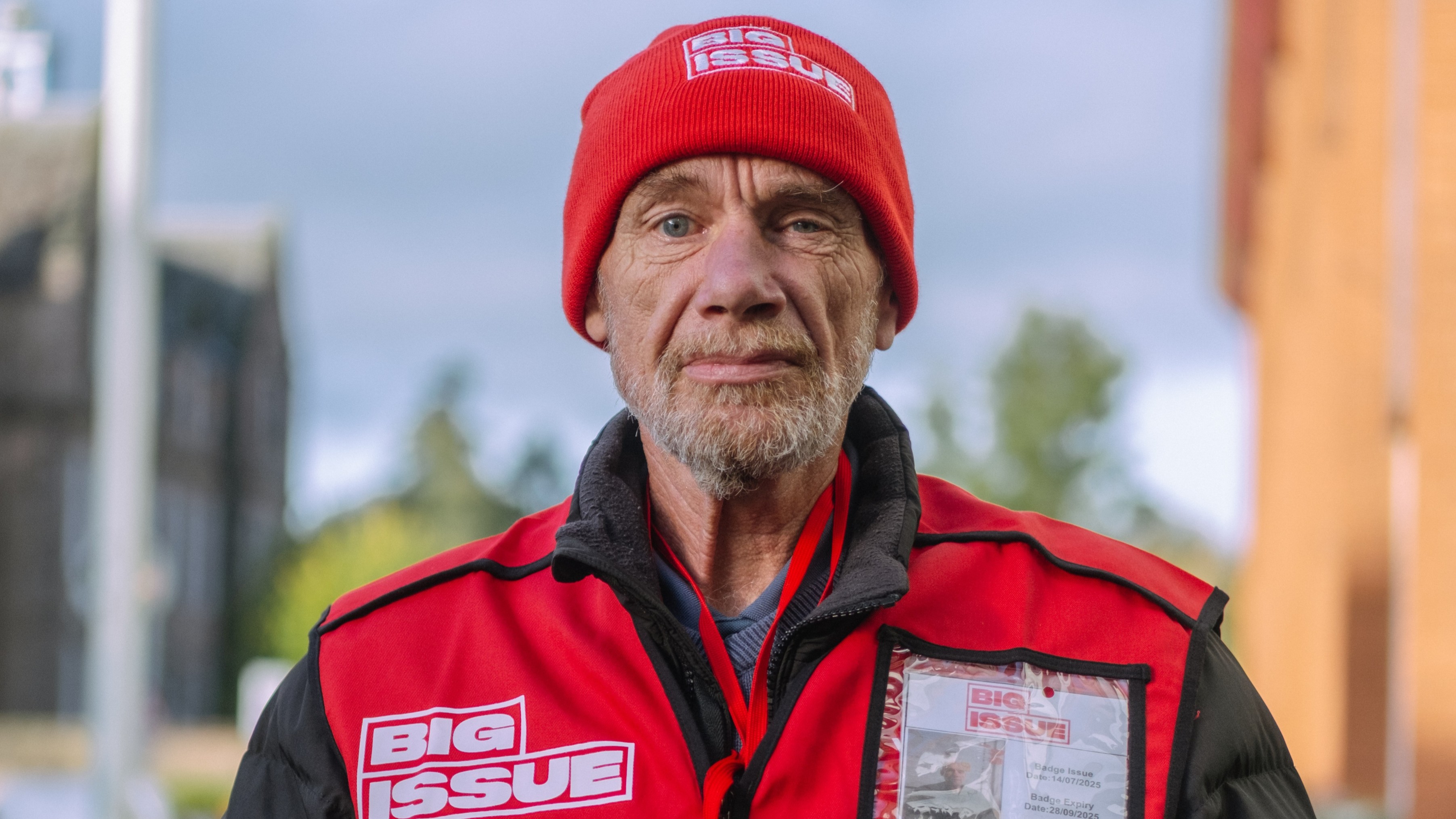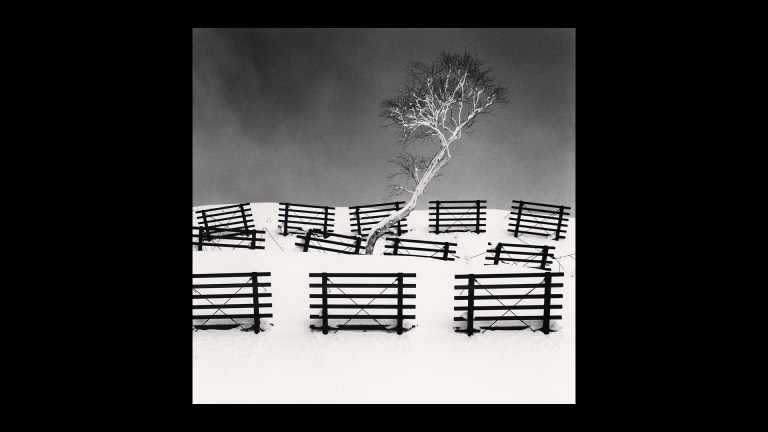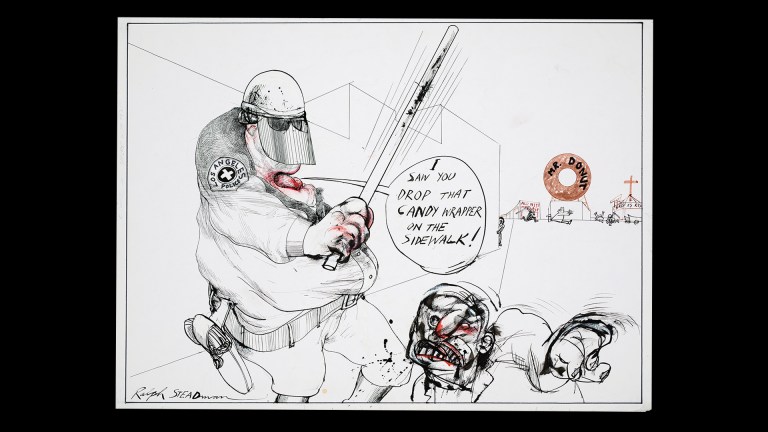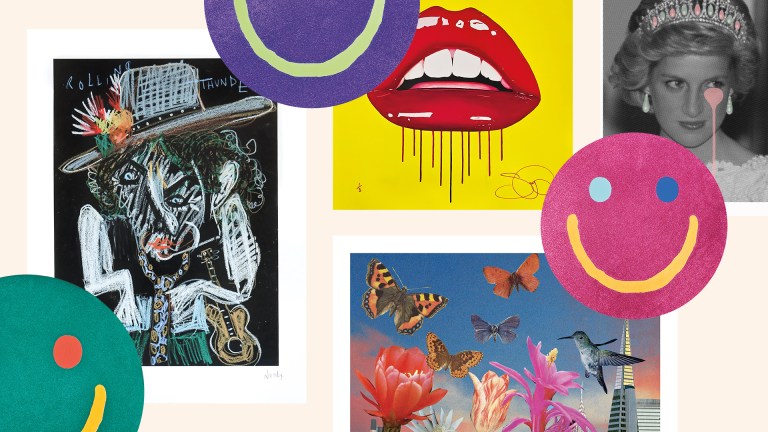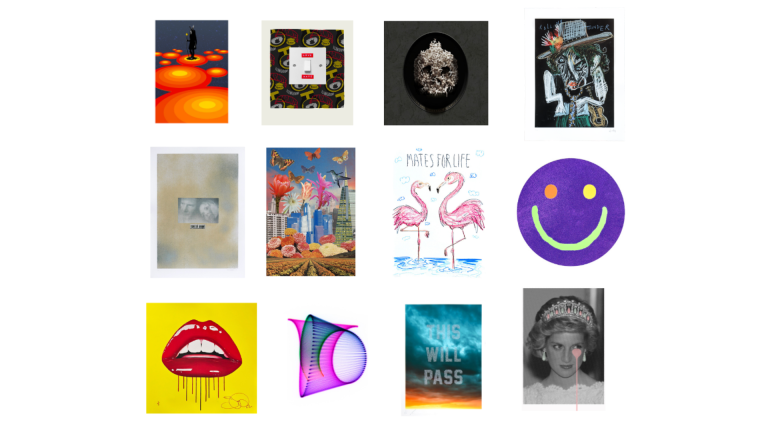From selfies with friends to holiday snaps with the family, nothing captures the ephemeral moments of our lives like photography. It is, says James Hyman – founding director of the brand-new Centre for British Photography – an immediate, accessible, relatable medium “that reaches an audience painting often doesn’t”.
“If you think about painting, it’s a Western convention,” Hyman continues. “The idea that oil on canvas is the pre-eminent medium is not an idea shared by the majority of the world, whereas everybody is taking photographs, and understanding and reading photographs.”
Despite the central place photos play in all our lives, there has not been a dedicated institution to celebrate British photography in all its diversity – until now. “I think British photography is underappreciated,” says Hyman. “I think it’s some of the best in the world. We maybe don’t celebrate it as much as we could.”
Your support changes lives. Find out how you can help us help more people by signing up for a subscription
The Centre for British Photography opens this week in London and seeks to right that wrong. It features exhibitions, public events, an archive and a shop. Among the first shows is a collection of images taking an intimate look at where people live. From prim parlourmaids to the men packed into a Salvation Army hostel in the 1940s, The English at Home reveals much about life on this island.
“What we’ve tried to do is take the visitor on a little journey, so they go from the streets to the front porch, to the living room,” Hyman explains. “If you look at the work of Daniel Meadows and Martin Parr, for example, it’s a terraced street and the whole point is: from the outside, every house was the same. But inside, every one has been made personal and individual.”
